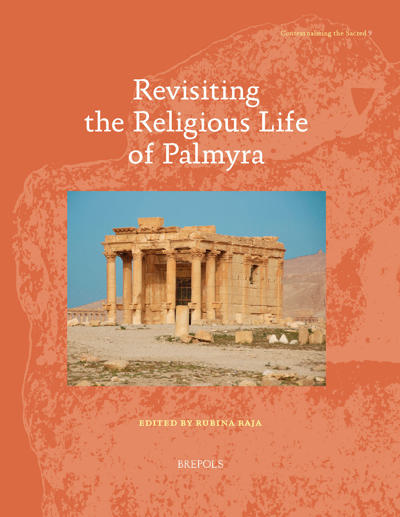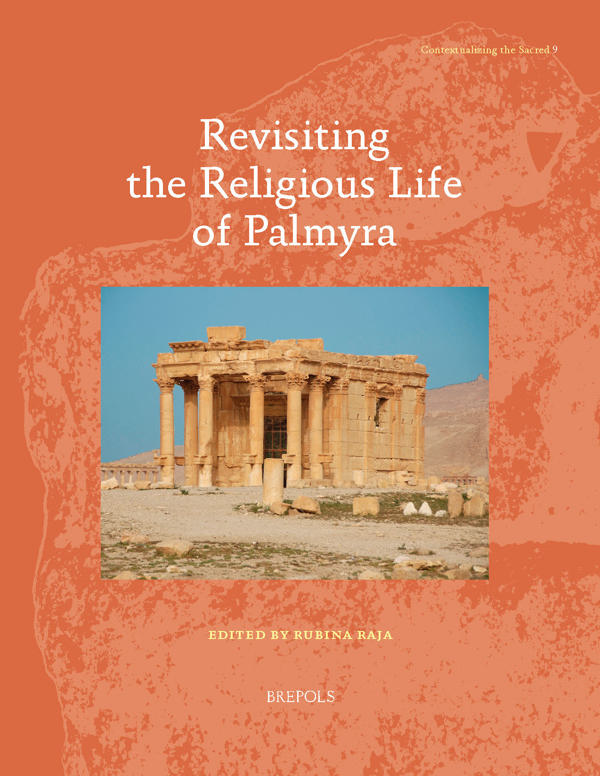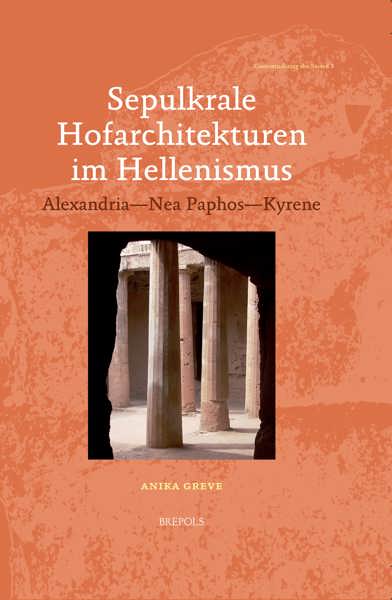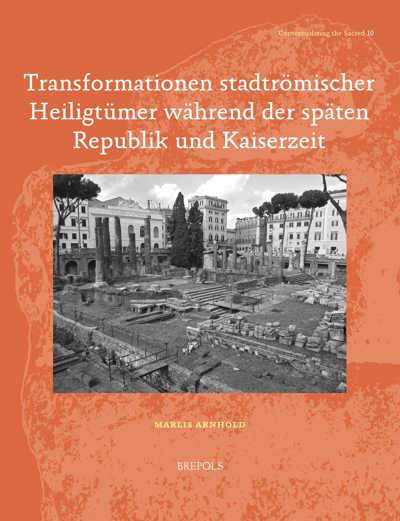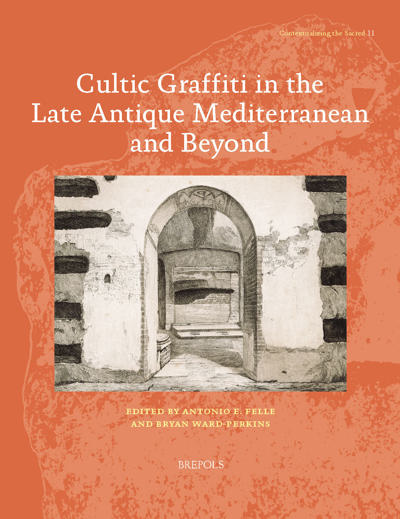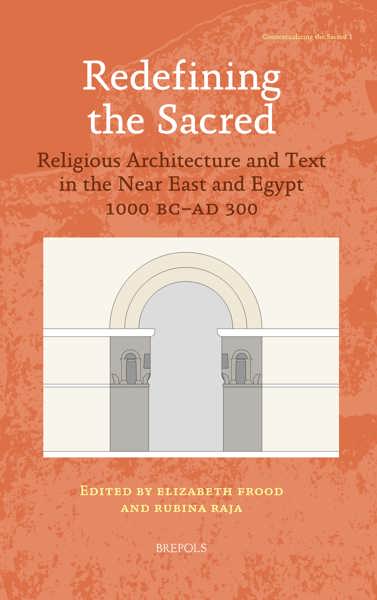
Revisiting the Religious Life of Palmyra
Rubina Raja (ed)
- Pages: xiv + 212 p.
- Size:216 x 280 mm
- Illustrations:135 b/w
- Language(s):English, French
- Publication Year:2019
- € 100,00 EXCL. VAT RETAIL PRICE
- ISBN: 978-2-503-57635-0
- Paperback
- Available
Revisiting the Religious Life of Palmyra is the first volume ever bringing together the core group of scholars who have worked on religion and religious practice in Palmyra.
“In conclusion, Raja has curated an excellent collection of papers that fully bears witness to the variety of religious traditions and practices honoured both in Palmyra and by wider Palmyrene communities. The volume makes a valuable addition to the Contextualizing the Sacred series in which it appears, contributing to the series’ endeavour to bring different methodological approaches into dialogue. As the volume demonstrates, religious life in Palmyra and the wider Palmyrene community spanned many lives and it is only fitting that these lives be appreciated by a range of specialists.” (Eris B. Williams Reed, in Bibliotheca Orientalis, LXXVIII ¾, 2021, p. 524)
“The volume is essential reading for anyone concerned with Palmyra and ancient religious life there.” (J. A. Baird, in The Society for the Promotion of Roman Studies Review, 2022)
“The volume will be eminently useful by supplying a fresh update about the gods and beliefs of Palmyra. It is a welcome guide to the latest ideas inspired by more general work on religious identities in the light of current anthropological theories.” (MICHAŁ GAWL IKOWSKI, in Classical Review, 72/2, 2022, p. 609)
The oasis city of Palmyra in the Syrian Desert has long been the focus of scholarly attention, both as a major cultural locus at the heart of the ancient world, active in trade and politics, and as an important local centre of religion, attested through the archaeology and historical sources related to the site. In this volume, which is the outcome of a conference organized within the framework of the Palmyra Portrait Project, the latest research from scholars working on Palmyra is drawn together to offer new insights into both the city’s religious life and its wider implications for our understanding of religious life in the Near East in general in the first three centuries CE. Incorporating analyses and discussions of archaeological, epigraphic, and literary sources that shed light on Palmyrene religion, the contributions gathered here reassess and discuss the beliefs and practices that were followed in the city, assess the different cults that existed, and present new insights into the development and function of the city’s religious communities and spaces. Together, these chapters provide a vital update to our understanding of how people lived and worshipped in this city, which remains crucial to the broader understanding of the role of religion and religious practices in urban contexts in antiquity.
Revisiting the Religious Life of Palmyra: Or Why It Still Matters to Focus on Ancient Religious Life within the Context of a Single Site — RUBINA RAJA
Patterns of Worship at Palmyra: Reflections on Methods and Approaches — TED KAIZER
Dieux grecs à Palmyre: L’ambigüité d’un concept — MAURICE SARTRE
Images as Windows on the Religious Life of Palmyra — LUCINDA DIRVEN
Images of Individual Devotion in Palmyrene Sources — ELEONORA CUSSINI
Reconsidering the dorsalium or ‘Curtain of Death’ in Palmyrene Funerary Sculpture: Significance and Interpretations in Light of the Palmyra Portrait Project Corpus — RUBINA RAJA
The Significance of the orans Pose in Palmyrene Art — MAURA HEYN
‘Les dieux armés’ in Palmyra: Religious, Iconographic, Ethnic, and Historic Considerations — TOMMASO GNOLI
Bel the Merciful — ALEKSANDRA KUBIAK-SCHNEIDER
Foreigners and Outsiders:The Religious Life of Palmyra Seen from Outside — JEAN-BAPTISTE YON
Portable Religion and the Palmyrene Diaspora — EIVIND HELDAAS SELAND
A Palmyrene Contribution to Eastern Christianity: The Name of King Gondophares — NATHANAEL ANDRADE
